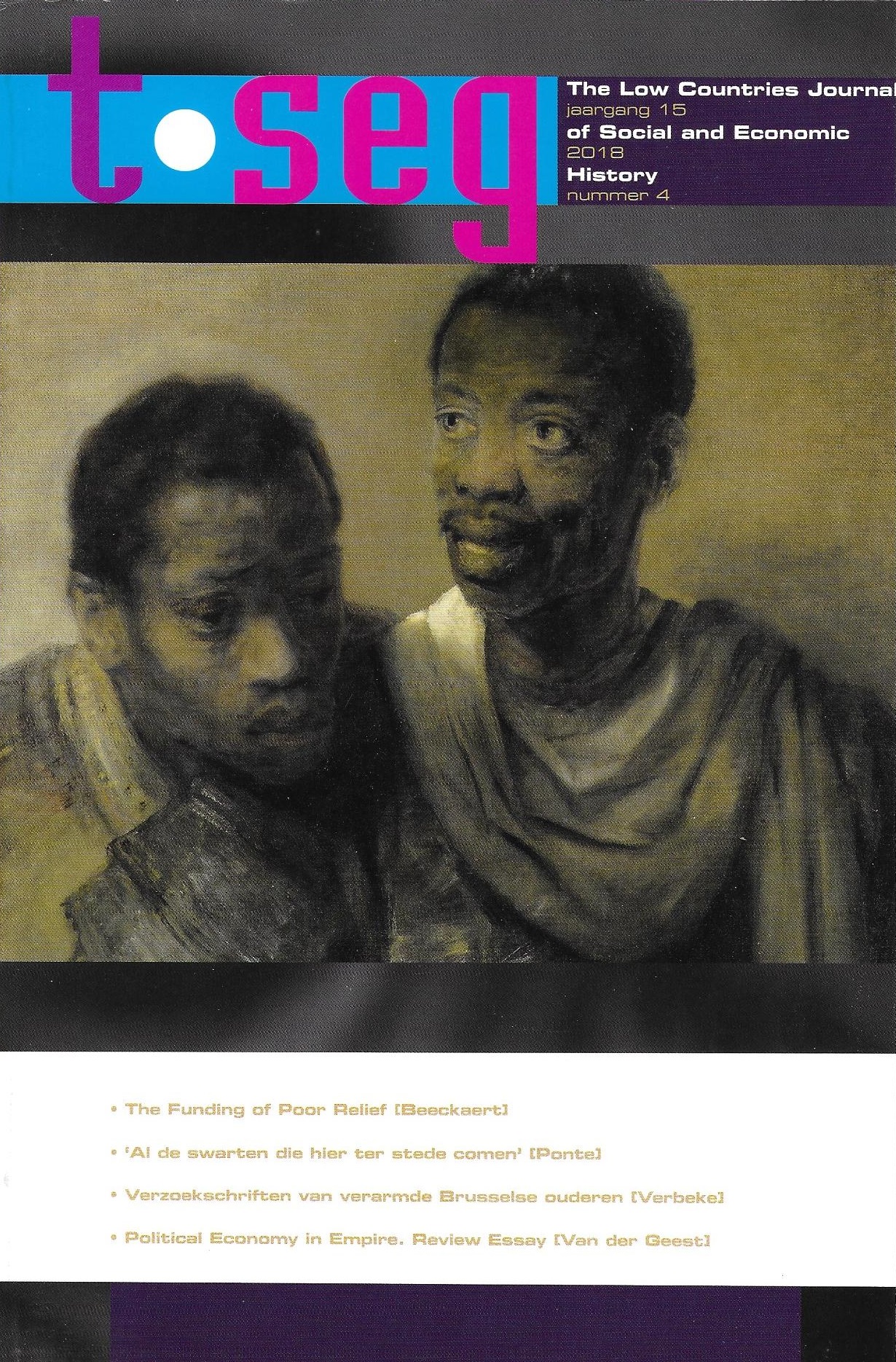'Al de swarten die hier ter stede comen'. Een Afro-Atlantische gemeenschap in zeventiende-eeuws Amsterdam
DOI:
https://doi.org/10.18352/tseg.995Keywords:
African migration, Amsterdam, seventeenth cenury, sailors, womenAbstract
This study shows that in the mid-seventeenth century there was an Afro-Atlantic maritime community in Amsterdam. It is possible to reconstruct this community on the basis of marriage information and baptismal registers combined with notarial records.
From around 1625 until 1665, Africans present in Amsterdam mainly married each other and, in important events such as marriage and baptism, also took African witnesses. The community consisted of black women present in Amsterdam, many of whom had probably entered the city as servants. They often married to black sailors, who were mostly employed by Dutch West-India Company (WIC) and Dutch East-India Company (VOC). In Amsterdam, this heterogeneous community settled in the east of the city, in the area around the Jodenbreestraat.
Downloads
Published
Issue
Section
License
Copyright (c) 2019 Mark Ponte

This work is licensed under a Creative Commons Attribution 4.0 International License.






